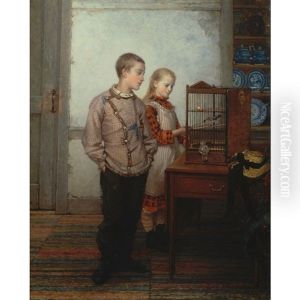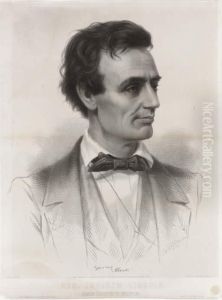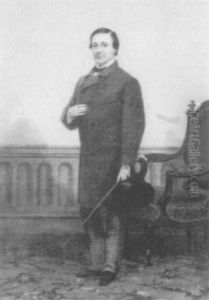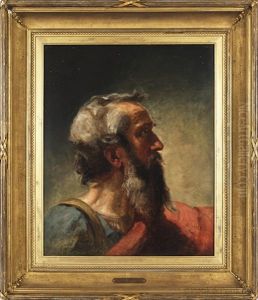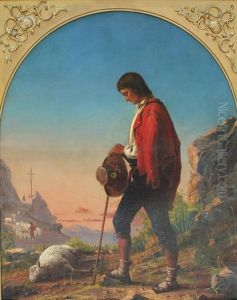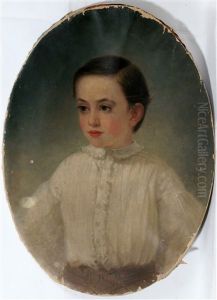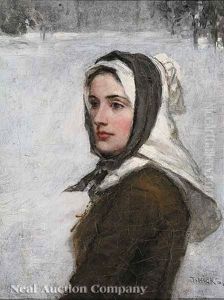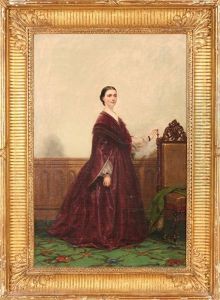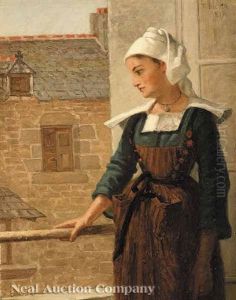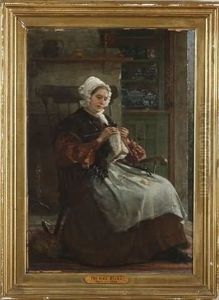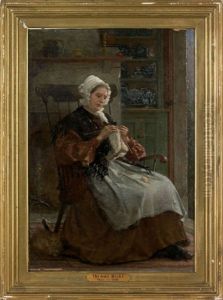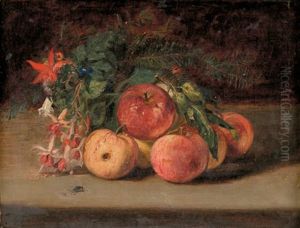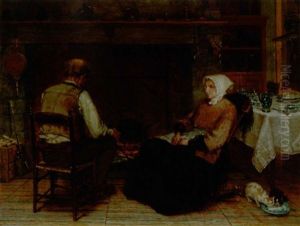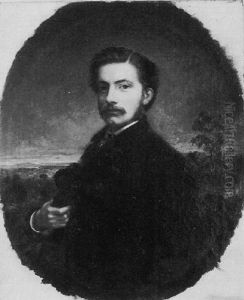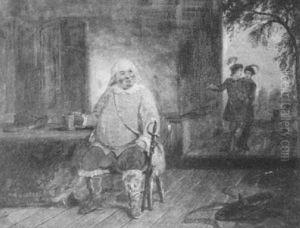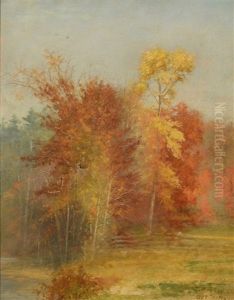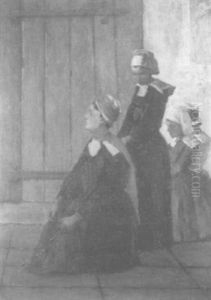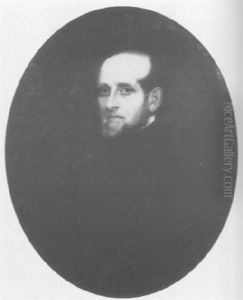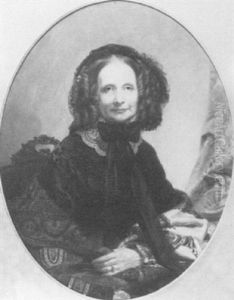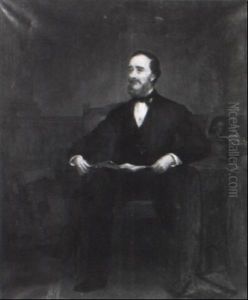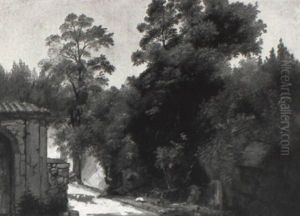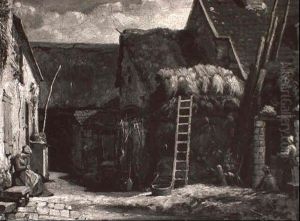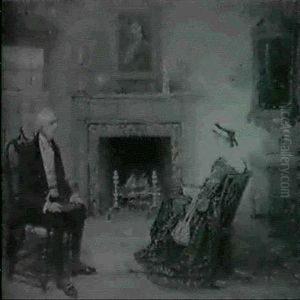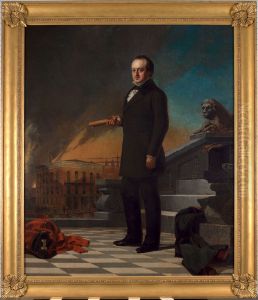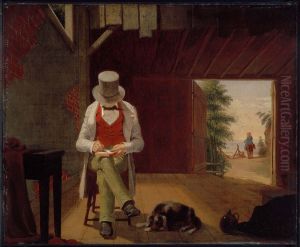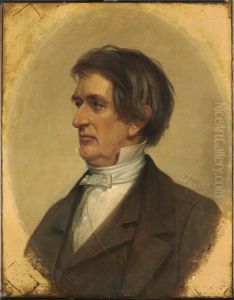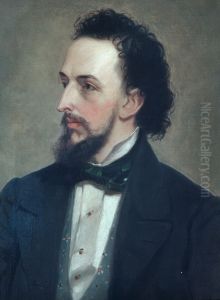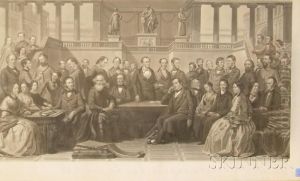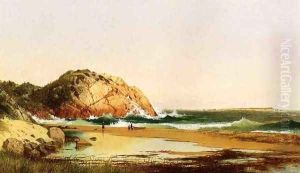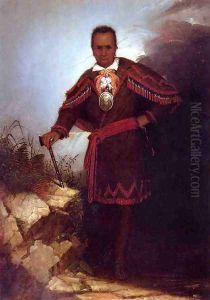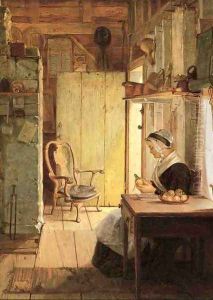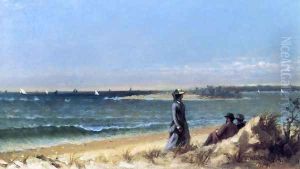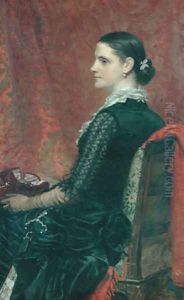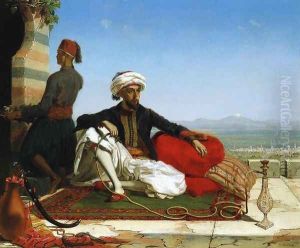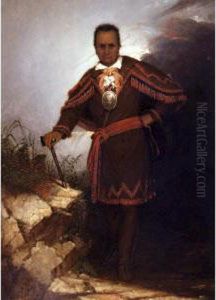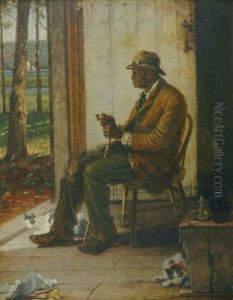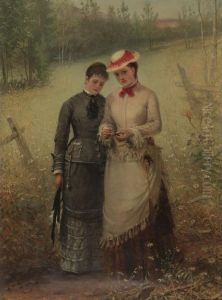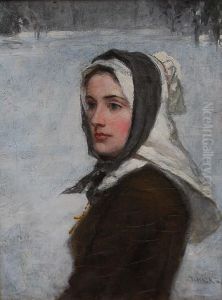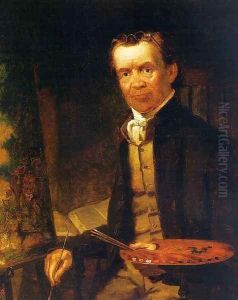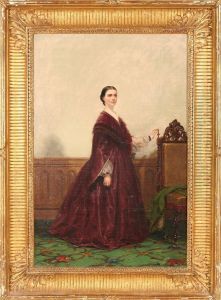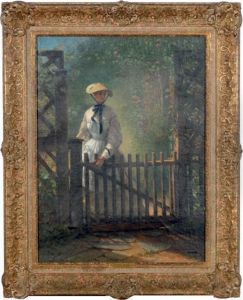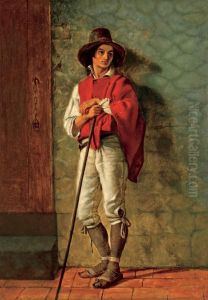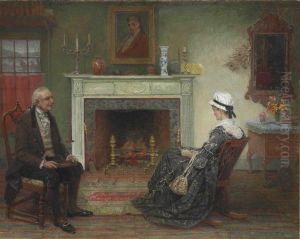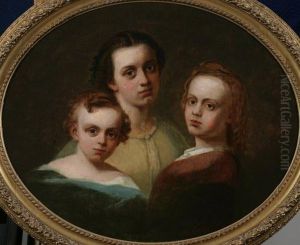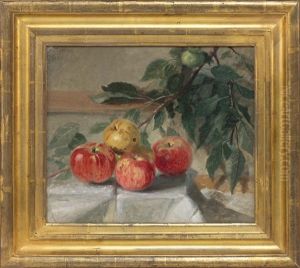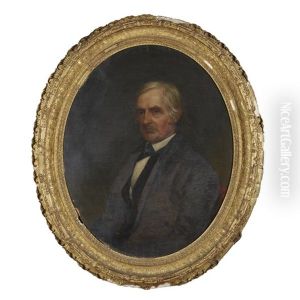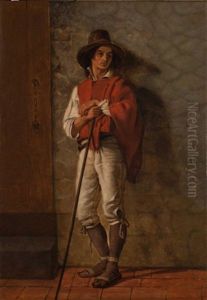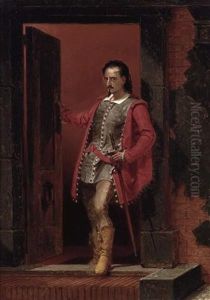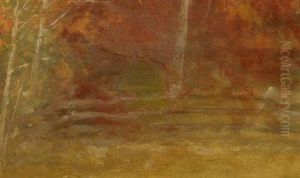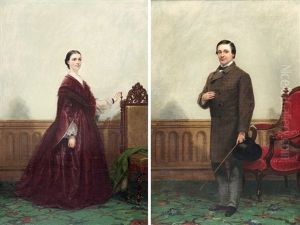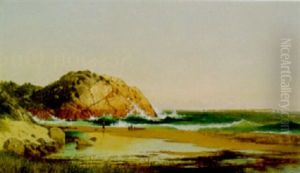Thomas Hicks Paintings
Thomas Hicks was an American painter born on October 18, 1823, in Newtown, Pennsylvania. He became widely known for his portraits of prominent American figures. Educated at the Pennsylvania Academy of the Fine Arts, Hicks also spent a significant amount of time studying in Europe, where he was influenced by the Old Masters. His time abroad, particularly in Italy and England, shaped his artistic techniques and styles.
After returning to the United States, Hicks settled in New York and quickly established himself as a portrait artist. During the mid-19th century, he painted likenesses of many notable individuals, including politicians, businessmen, and cultural figures. Among his most famous works is a portrait of Abraham Lincoln, which he completed before Lincoln's presidency.
Hicks was also a member of the National Academy of Design and was an active participant in the artistic community. His style was characterized by its realism and attention to detail, which earned him a considerable reputation during his lifetime. Despite being primarily known for his portraits, Hicks also executed a number of historical and genre paintings.
Throughout his career, Hicks was influenced by the moral and social issues of his time. His works occasionally reflected contemporary concerns, such as the abolition of slavery and the American Civil War. This engagement with social issues helped to define his role not only as an artist but also as a commentator on American society.
Thomas Hicks passed away on March 30, 1890, in New York City. Today, his works are part of the collections of various museums and institutions, including the Metropolitan Museum of Art in New York. His legacy as a portraitist remains significant, as he captured the likenesses of many individuals who shaped the course of American history during the 19th century.
